How to Choose the Right Safety Equipment for Fire Prevention and Protection
In today's rapidly changing environment, the importance of selecting appropriate safety equipment for fire cannot be overstated. According to the National Fire Protection Association (NFPA), fire departments responded to approximately 1.3 million fires in the United States in 2021 alone, resulting in thousands of injuries and billions of dollars in property damage. This underscores the urgent need for effective fire prevention and protection strategies, which start with the right safety equipment. Choosing the appropriate gear can significantly reduce risks not only for firefighters but also for businesses, homes, and the community at large. As industries evolve and fire risks become more sophisticated, understanding the different types of safety equipment available is crucial for ensuring comprehensive fire safety measures. This guide aims to provide insights into how to assess and select safety equipment tailored to specific environments and needs.
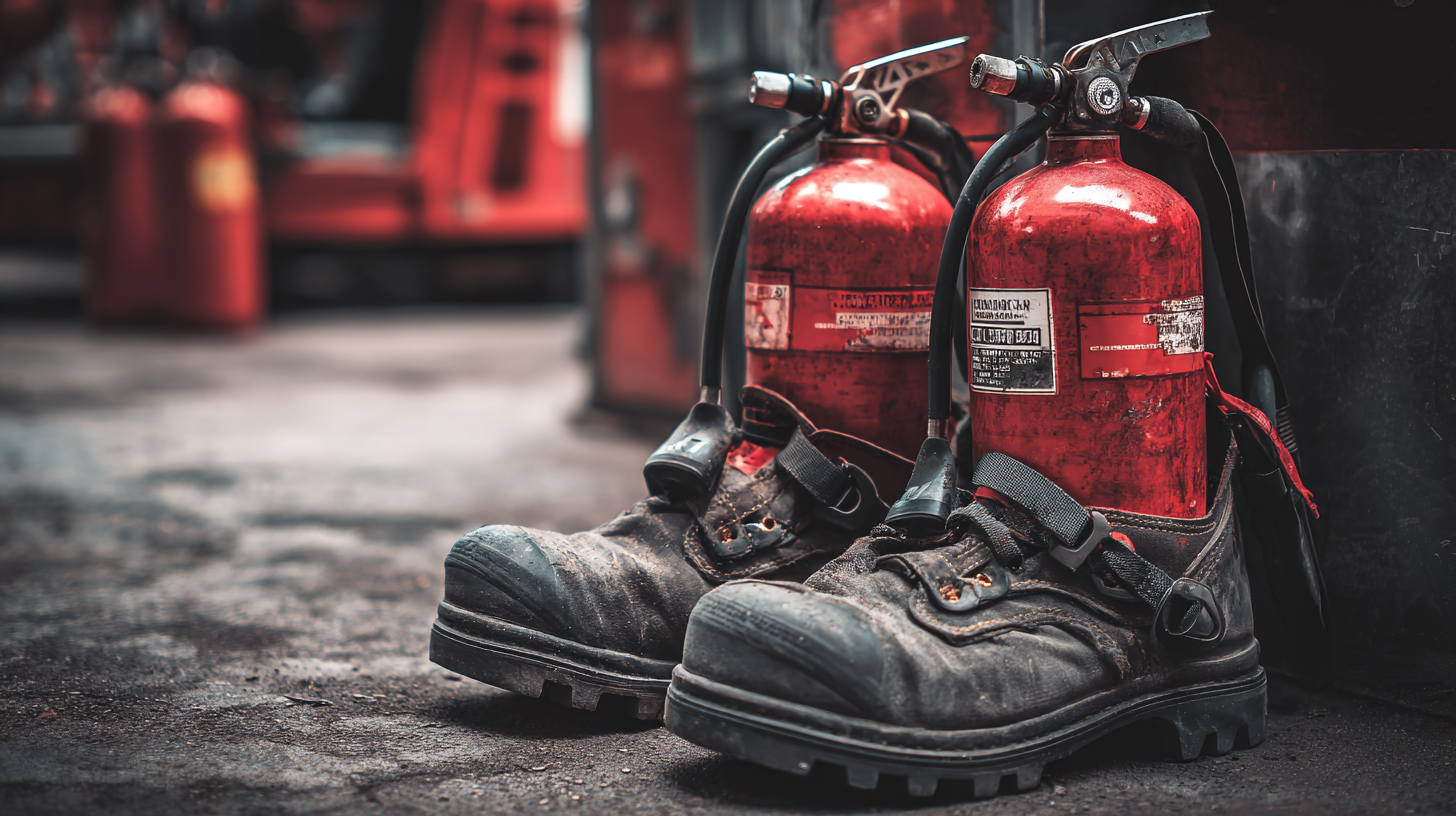
Understanding Different Types of Fire Safety Equipment for Home and Workplace
When it comes to fire prevention and protection, understanding the different types of fire safety equipment is crucial for both homes and workplaces. According to the National Fire Protection Association (NFPA), nearly 50,000 residential fires occur annually, often due to a lack of proper safety measures. Essential equipment such as smoke detectors, fire extinguishers, and sprinkler systems can significantly reduce the risk of catastrophic damage.
In the workplace, the Occupational Safety and Health Administration (OSHA) mandates that employers provide appropriate fire safety equipment. Installing automatic fire alarms and ensuring easy access to fire extinguishers can reduce the chances of workplace injuries. A recent report indicated that workplaces with proper fire safety protocols see a 20% decrease in fire-related incidents, showcasing the effectiveness of these measures.
**Tip:** Regularly test smoke detectors and replace batteries at least once a year to ensure they are operational.
**Tip:** Ensure fire extinguishers are inspected every month and serviced every year to maintain readiness in case of an emergency.
Investing in the right fire safety equipment not only protects lives but also reduces potential financial losses from fire damage. Understanding the specific needs of your environment is the first step toward effective fire safety planning.
Fire Safety Equipment Usage in Homes and Workplaces
Key Features to Look for When Choosing Fire Extinguishers and Blankets
When selecting fire extinguishers and blankets, it's crucial to understand their key features to ensure optimal fire prevention and protection. For fire extinguishers, look for the appropriate rating based on the types of fires you may encounter, such as Class A, B, or C. A multipurpose extinguisher, often labeled as ABC, is ideal for home use since it can handle a variety of potential fire sources.
Tips: Always check the manufacturer’s instructions for usage and maintenance. Ensure that the extinguisher is easily accessible and regularly inspected to guarantee functionality.
Regarding fire blankets, consider those made from high-quality, flame-resistant materials, such as fiberglass or wool. A good blanket should be easily deployable, with clear instructions on how to use it in an emergency.
Tips: Store fire blankets in a visible and accessible location, ideally near potential fire hazards like kitchens. Practice using them with your family or staff to ensure everyone knows what to do in a panic situation.
Essential Personal Protective Equipment (PPE) for Firefighters and First Responders
When it comes to firefighting and emergency response, the right personal protective equipment (PPE) is essential for ensuring safety and effectiveness in high-risk situations. Firefighters and first responders encounter extreme heat, flames, and hazardous environments, making it critical to invest in quality gear that meets specific safety standards. Key components of PPE include flame-resistant clothing, helmets with face shields, gloves, and boots designed to withstand intense temperatures and sharp objects.
Flame-resistant clothing is the first line of defense against heat and flames. This gear must fit properly to ensure mobility while providing adequate protection. Helmets are equally important, featuring high-impact materials and integrated facial protection to shield responders from flying debris and heat. Additionally, gloves must offer dexterity while being robust enough to protect against cuts, burns, and chemical exposures. Finally, specialized boots can enhance grip and insulation, enabling responders to navigate hazardous environments safely. Investing in the right PPE not only prepares firefighters and first responders for the challenges they face but also promotes a culture of safety within their ranks.
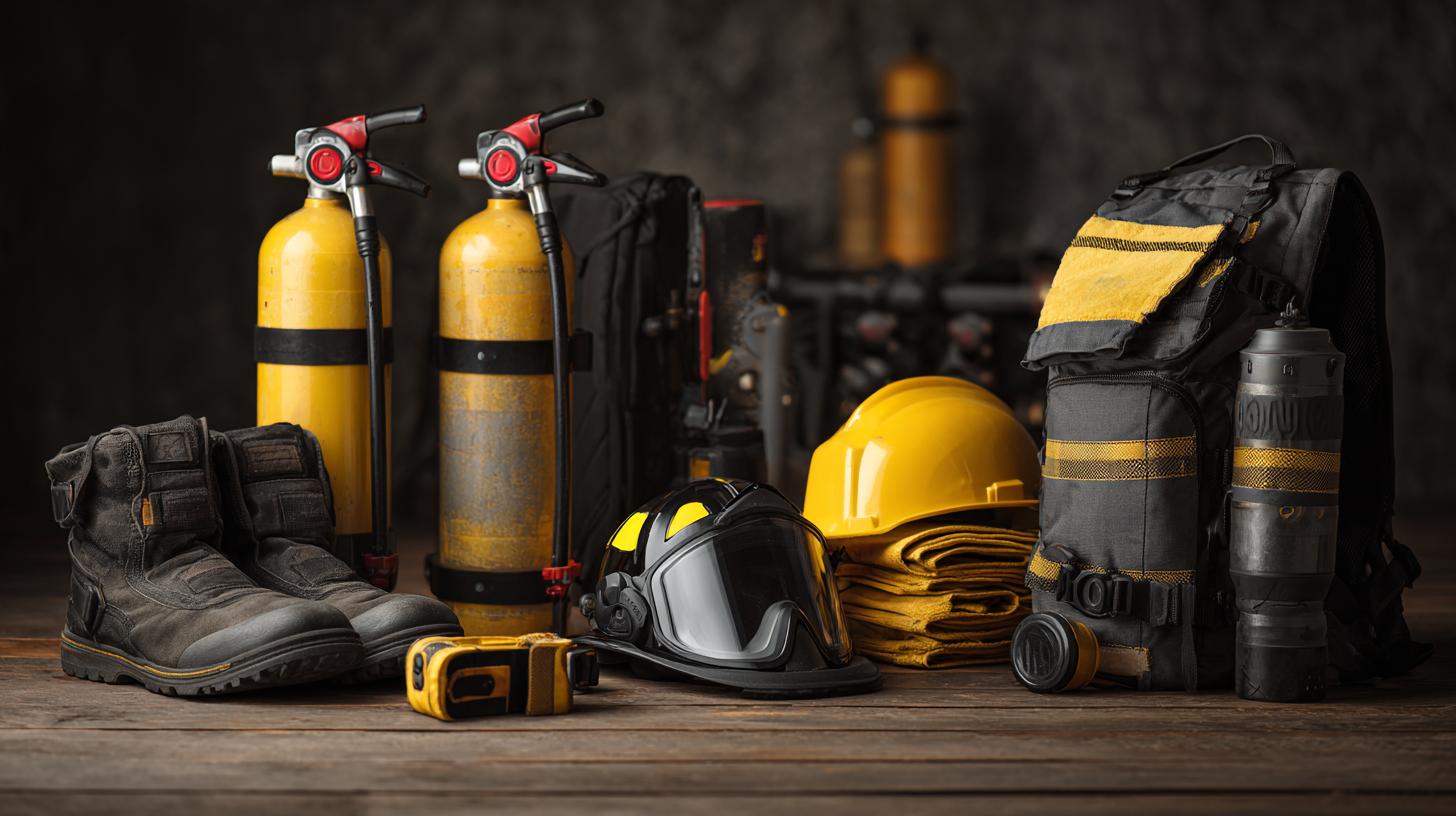
Tips for Regular Maintenance and Inspection of Fire Safety Gear
Regular maintenance and inspection of fire safety gear are crucial for ensuring optimal protection against fire hazards. Just as you would regularly check smoke alarms and replace batteries, fire extinguishers and other safety equipment require routine checks to confirm they are in good working order. Develop a testing schedule that includes monthly checks on the condition of your fire safety gear, ensuring that all equipment is easily accessible and that staff are trained on how to use them effectively in an emergency.
Proper inspection methods should include visual assessments for any physical damage, verifying that labels are legible, and ensuring that all emergency exits are clearly marked and unobstructed. In addition to physical inspections, consider keeping a detailed log of all maintenance activities and any repairs made. This documentation can be vital not only for compliance with safety regulations but also for tracking down any persistent issues. By prioritizing these maintenance tasks, you help protect yourself and others, ensuring a safer environment for everyone.
How to Assess Your Environment to Determine Necessary Fire Protection Equipment
When determining the necessary fire protection equipment, a thorough assessment of your environment is crucial. Start by identifying potential fire hazards, such as flammable materials, electrical equipment, and heat sources. Understanding the layout of your space can also help in spotting areas that might require additional protection measures.
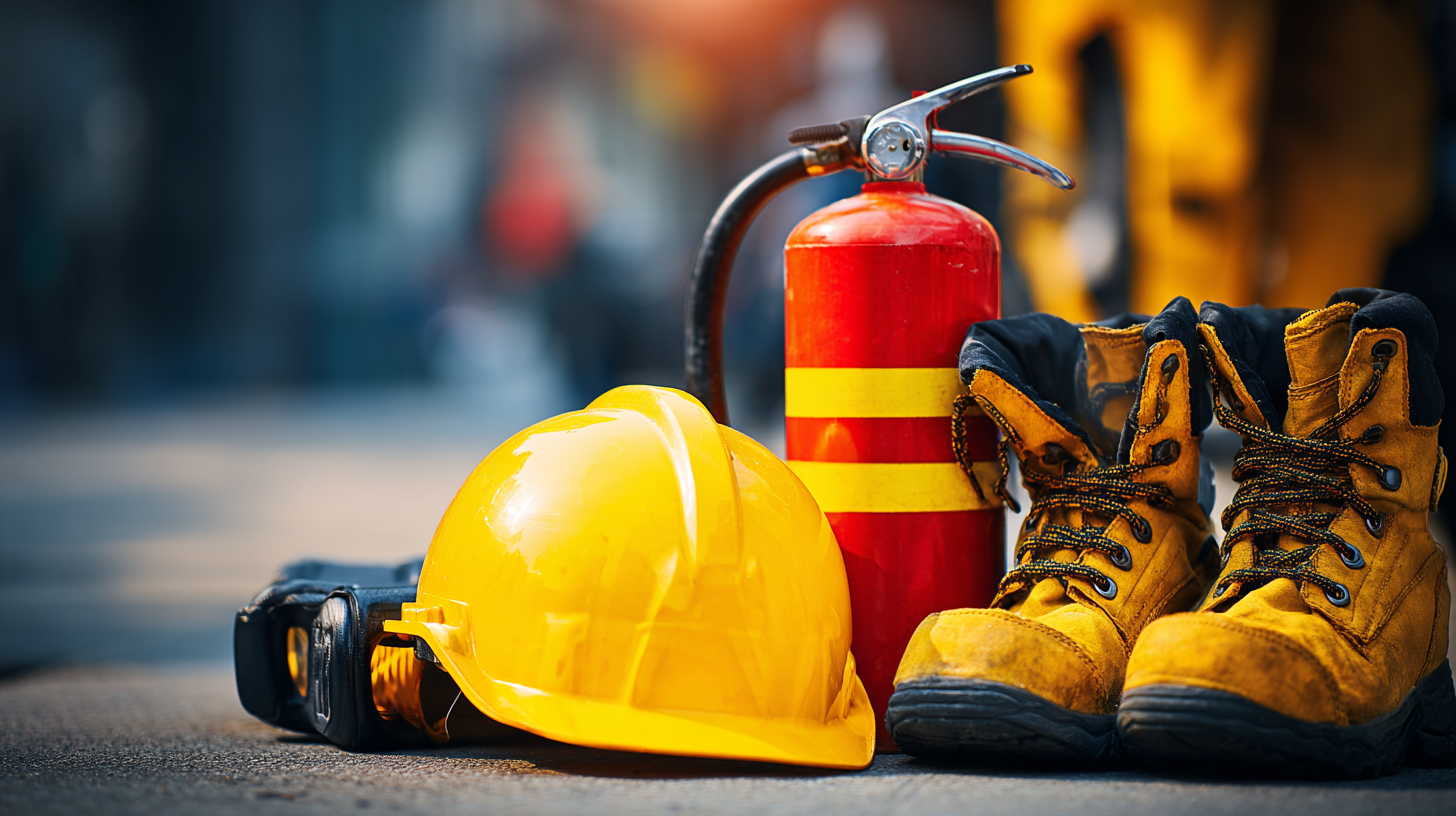
Tip: Conduct a walk-through of your facility with a checklist that includes items like smoke detectors, fire extinguishers, and emergency exit signs. Pay attention to areas where these safety features might be insufficient or outdated.
Next, consider the occupancy and activities taking place in the space. Different environments—such as residential, commercial, or industrial—have varying fire risks, and the equipment required will differ accordingly. For example, kitchens will need specialized fire suppression systems due to cooking-related hazards.
Tip: Consult local fire codes and regulations to ensure compliance with safety standards applicable to your specific environment. This not only enhances safety but can also prevent costly fines and damage in case of a fire. Always involve a fire protection specialist for comprehensive evaluations and recommendations tailored to your needs.
Related Posts
-
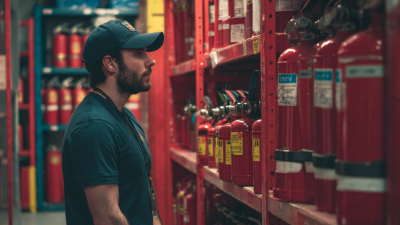
Unlocking Global Trade with Fire Safety Equipment Compliance Standards
-
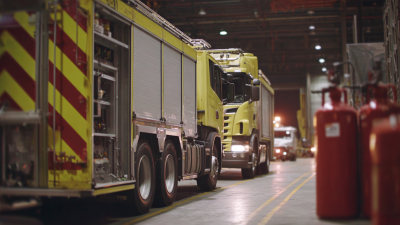
Real-World Applications of the Best Fire Equipment for Global Safety Standards
-

How to Choose the Right Fire Warden Equipment for Your Facility's Safety Needs
-
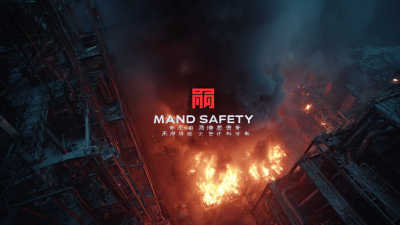
Revolutionizing Global Fire Safety with China's Best Quality Manufacturing
-
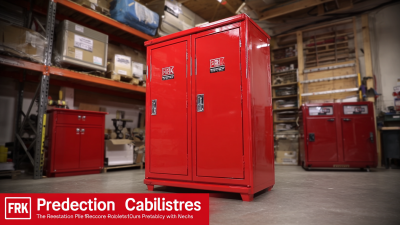
Issues with Selecting the Right Fire Protection Cabinets for Your Needs
-
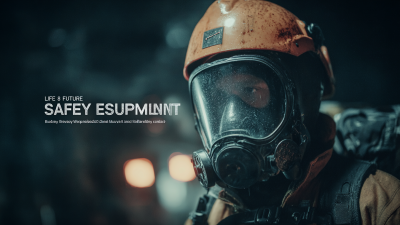
Embracing the Future: How Best Life Safety Equipment Will Transform Workplace Safety by 2025
